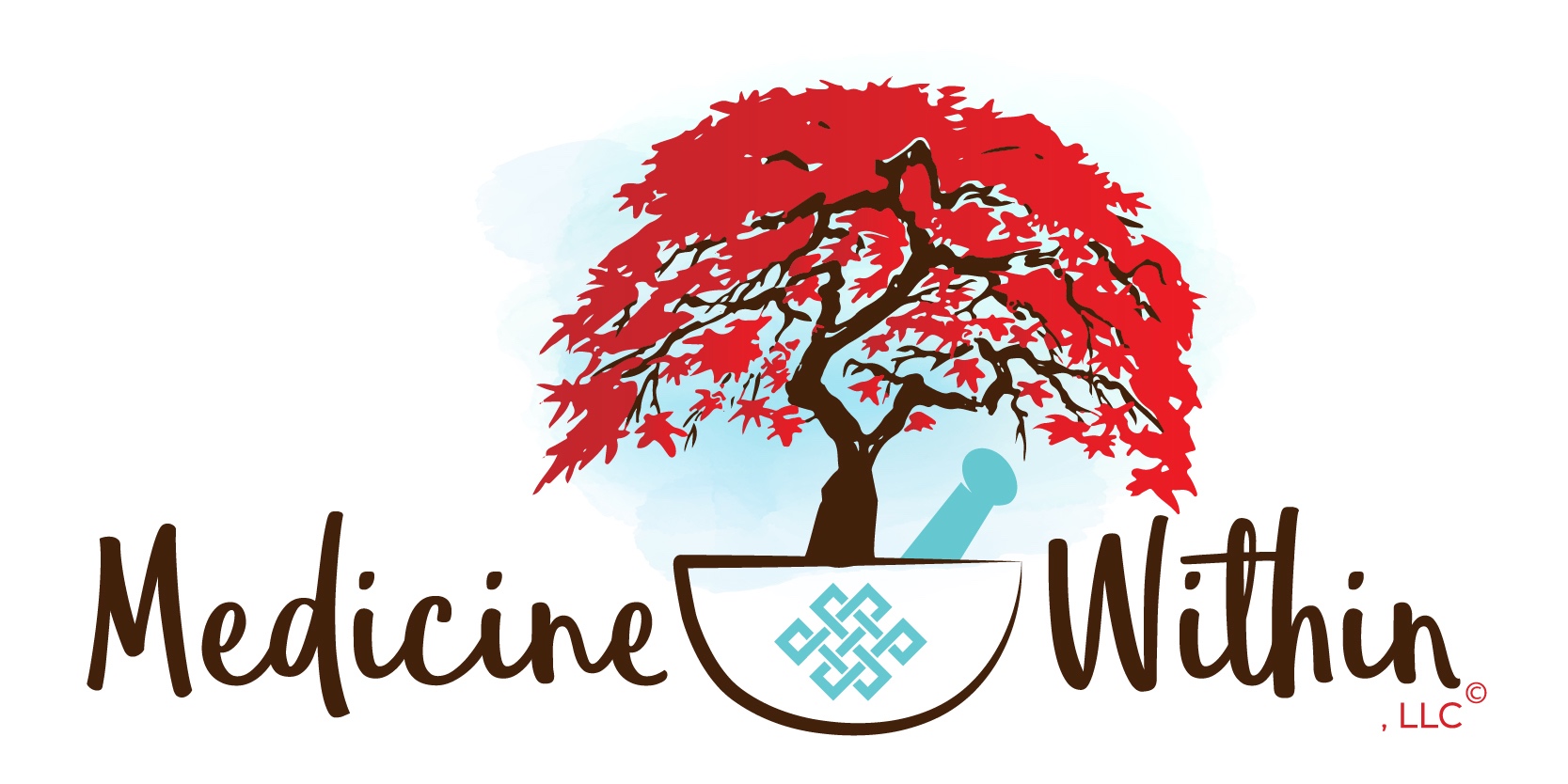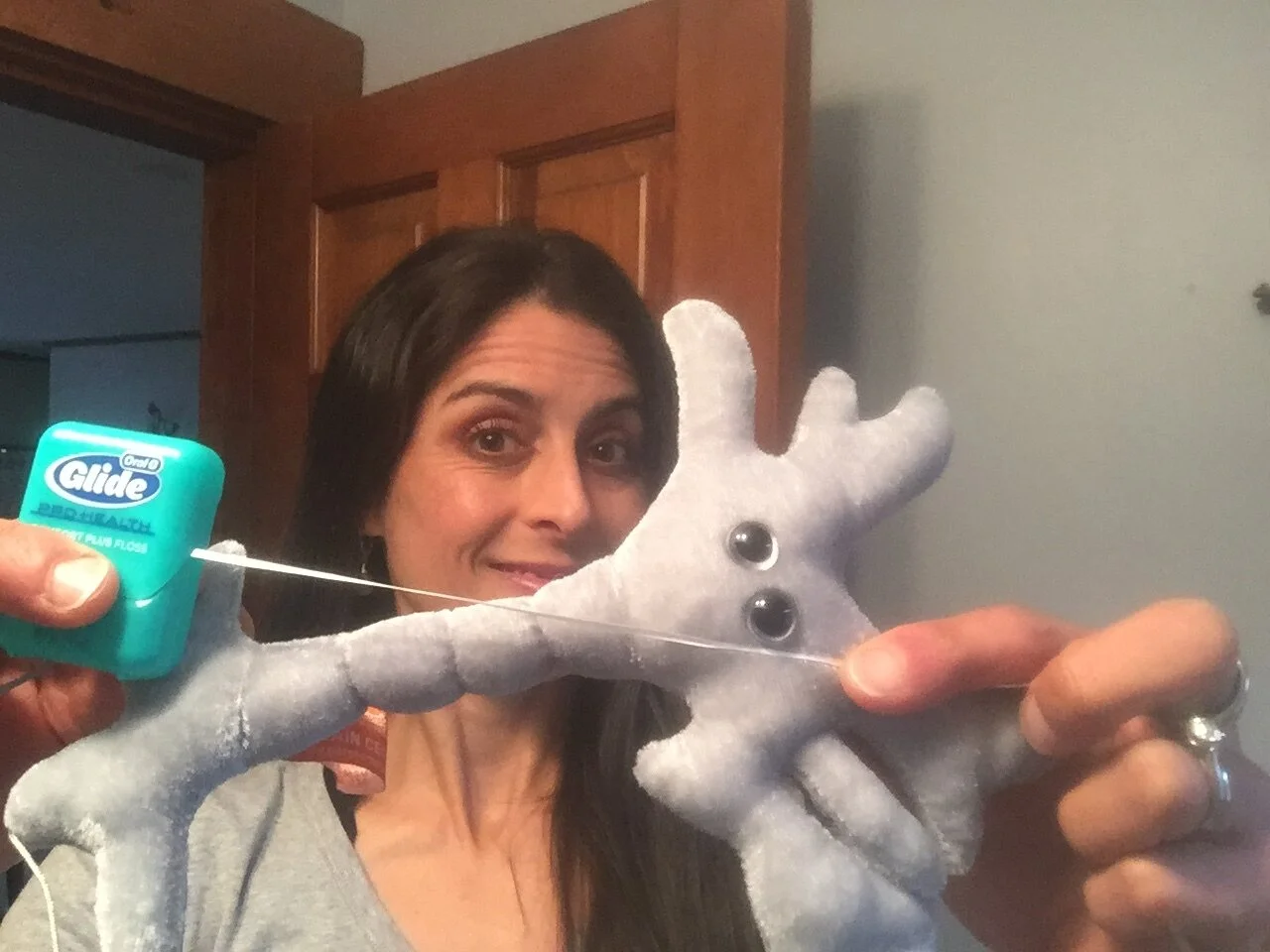Deconstructing Nerve Gliding and Tensioning
Nerve entrapment is a condition which in some cases is thought to be due to changes in the tissues surrounding a peripheral nerve. These tissue changes are thought to start with changes in vascular supply and the movement of fluids due to a range of causes which can lead to swelling, pain and ultimately, changes in nerve conduction.
Many of us have various nerve-related pain - everything from carpal tunnel syndrome (CTS) to sciatic pain - some of which can be due to nerve entrapment. Nerve tensioning and gliding or ‘flossing’ as it is sometimes referred to in the lay press, is a technique that many physiotherapists and other medical providers use to help move nerves through these ‘sticky’ tissues with the hope of freeing them from a bound-up state of being, allowing for a decrease in the associated swelling and pain and hopefully, a return to more normal functioning.
The literature surrounding this therapeutic modality is varied but some of the recent studies that are out there show promise. In the studies I reviewed for this article, there was confirmed movement of nerve tissue with these therapies and most participants experienced some improvement in symptoms with little harm. Finally, there was promise that by using these techniques, one could decrease the progression of acute pain to chronic pain.
Let’s look at the evidence…
Regarding whether or not there is a true movement of nerves during a specific movement, in a 2012 study by Ellis and Hing, the excursion of the sciatic nerve was evaluated over four different movements using ultrasound. The greatest amount of nerve excursion was found with cervical extension and knee extension “slump slider’ exercise and measured 3.2 mm. This was more excursion than occurred during similar tensioning exercises. So essentially, they showed physical evidence that there is movement of the sciatic nerve relative to its surrounding tissues with specific exercises designed to place particular tension and slack on it.
Moving on to whether there are differences in the efficacy of targeted techniques versus less precise exercises, Bialosky et al showed similar outcomes in immediate pressure pain sensitivity and clinical pain, and longitudinal clinical pain and disability in a randomized controlled trial looking at sham vs verum median nerve exercises for CTS.
In the Bialosky study, the verum CTS exercise included 25° of contralateral cervical sidebending, ipsilateral shoulder depression and abduction to 90°, shoulder external rotation to 90°, 45° of elbow extension, forearm supination, and repetitive wrist and finger flexion and extension through the available range of motion. The sham technique minimized stress across the median nerve and consisted of the cervical spine maintained in neutral side-bending, no ipsilateral shoulder depression and abduction to 45°, shoulder external rotation to 45°, 45° of elbow extension, and forearm pronation, and repetitive wrist and finger flexion and extension applied passively by the examiner through the available range of motion.
Interestingly, the study showed a reduction in temporal summation - a behavioral measure of central sensitization (meaning, increased pain processing/awareness in the spinal cord and brain), characterized by the perception of increasing pain intensity to repetitive painful stimuli - a component believed to be involved in the development of chronic pain pathways in the nervous system. So, while there were no differences in immediate outcomes, this study’s findings are promising when we look to manual therapies that can help decrease the mechanisms that contribute to chronic pain.
In a 2012 study, Nee et al, aimed to answer the question, ‘what are the benefits and harms of neural tissue management in the short term for treating nerve-related neck and arm pain?’ This was a randomized-controlled trial of 60 participants with non traumatic neck and unilateral arm pain. These researchers examined the benefits and harms of neural tissue management as an intervention for nerve-related neck and arm pain. Participants were advised to stay active and received both in-clinic manual therapy by physiotherapists - 4 sessions over 2 weeks - education, as well as a home-program including nerve gliding and nerve tensioning techniques focusing on the cervical spine nerve roots and median nerve. The control group were encouraged to continue daily usual activities as tolerated. Both groups were assessed at time zero and again after 4 weeks.
The results showed that neural tissue management produced clinically important benefits for participant-reported improvement, pain intensity, and activity limitations at short-term follow-up when compared to advice to remain active. There was no evidence to suggest that neural tissue management was harmful.
So, how can we as yoga teachers and medical practitioners incorporate these kinds of movements into our classes and treatments so clients can help themselves both recover from and maybe even prevent the acute phase of pain turning into chronic pain? The evidence shows that 1 - these movements of nerve tissue do indeed occur, 2 - this kind of movement can relieve short term pain, 3 - it may also decrease potentiation of chronic pain and 4 - this therapeutic approach does not expose people to high risk of injury or worsening. By incorporating this kind of movement into your classes and treatment regimens, while adding breath and body awareness into the mix, you can help people discover some immediate relief and perhaps stave of worsening chronic pain. Keep up the good and important work!
References:
RobRoy Martin, PhD, PT, CSCS1,2, Hal David Martin, DO3, Benjamin R. Kivlan PhD, PT, OCS, SCS, CSCS, NERVE ENTRAPMENT IN THE HIP REGION: CURRENT CONCEPTS REVIEW
R Ellis, W Hing, P McNair, Comparison of Longitudinal Sciatic Nerve Movement With Different Mobilization Exercises: An In Vivo Study Utilizing Ultrasound Imaging J of Orthopedic and Sports Phys Therapy, 2012
Joel E. Bialosky, PT, PhD, Mark D. Bishop, PT, PhD, Don D. Price, PhD, Michael E. Robinson, PhD, Kevin R. Vincent, MD, PhD, and Steven Z. George, PT, PhD, , A Randomized Sham-Controlled Trial of a Neurodynamic Technique in the Treatment of Carpal Tunnel Syndrome, ,J Orthop Sports Phys Ther. 2009 Oct; 39(10): 709–723
Robert J.Nee1BillVicenzino1Gwendolen A.Jull1Joshua A.Cleland2Michel W.CoppietersNeural tissue management provides immediate clinically relevant benefits without harmful effects for patients with nerve-related neck and arm pain: a randomised trialJournal of Physiotherapy, Volume 58, Issue 1, March 2012, Pages 23-31

